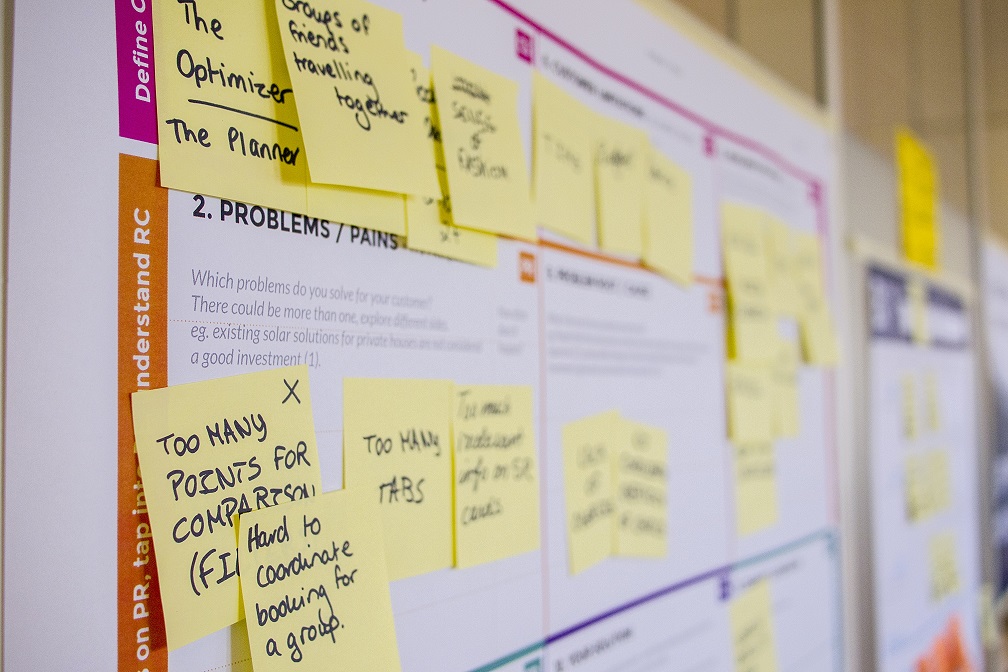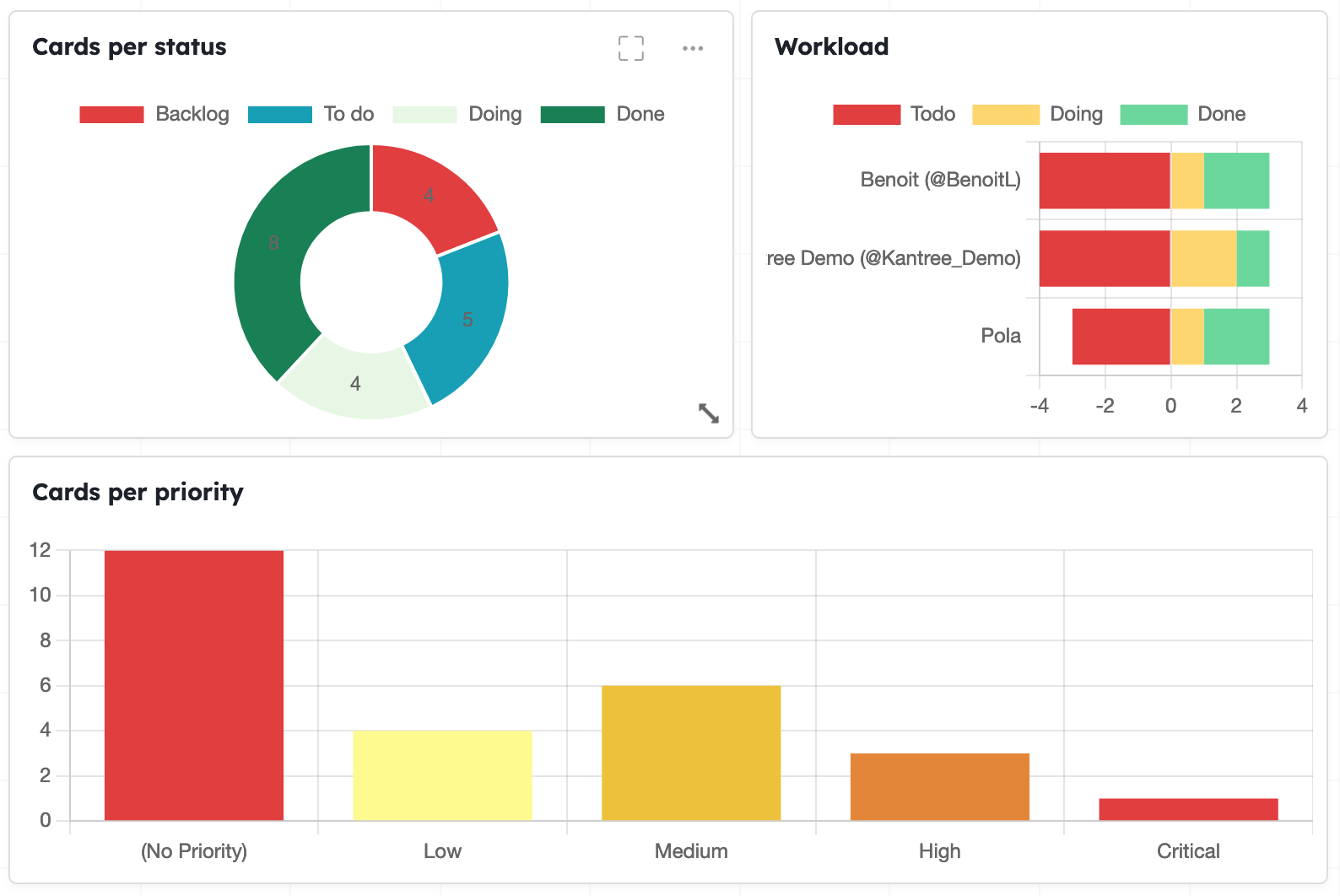How to prepare your teams for project management?

Defining a work organization is a complex thing and you are surely not the only person who has had difficulty with this task. In this article, we give you keys allowing you to become more efficient in this task and to be accompanied by a good tool.
What is a good work organization?
A work organization makes it possible to define the role of each employee within a project or an entity. This way, work is divided and distributed between each member of the team. A good division of labor is essential for the overall balance of the company.
Many methods of organizing labor have been used throughout history, as Adam Smith explained in his essay on the division of labor in the 18th century.
The organization of scientific work formed at the beginning of the 20th century was oriented towards Taylorism. In the era of industrialization and machines, Taylorism, Fordism and even Toyotism enabled the organization of work on a large scale.
These systems, which encourage specialization and compartmentalization, are today widely questioned in favor of greater accountability and flexibility, especially in Agile or Scrum methods.
The new forms of work organization are mainly based on participatory management, where each employee can participate in company decisions.
Human resources management allows you to better distribute the work within your team for the less stressed employees. Resource management tools give you real-time insight into your team’s workload. Learn how to manage it effectively, foster balance, fight burnout, and foster a fulfilling work-life balance.
How to plan and organize the work of your team? Haven’t thought about resource management? You are far from an isolated case. According to reports published by the International Institute of Directors & Managers, very few people are trained in this important skill.
The good news is that there are tools to help everyone move forward at the same time and allow stakeholders of multiple projects to be able to track their progress seamlessly.
Follow three steps to best manage your resources.
1. Determine your team’s workload and capacity
When your team’s work is spread across various projects, plans, and tools, it’s hard to know how much work is left to do.
This unknown must be answered to determine what each member of the team is already doing and what could still be done, so it requires a tighter organization of work.
To succeed in this challenge and discover your team’s true resources, you need to adjust your plan:
Make a complete list of the projects and processes your team is responsible for: these can be projects your team is working on or work that affects other departments and in which they are involved.
Determine the scope and timeline for each element: are you working on large, complex projects with multiple deliverables or on smaller projects? What organization of work does your team favor in these projects or processes? Break projects down into smaller tasks and workflows: once you have an overview of your team’s work, you can use a workflow diagram to break it down into smaller parts to better estimate the weekly or daily workload of your collaborators.

Establish priorities according to the importance and urgency of the work: you can do a needs analysis and determine what your team must do in priority, in order to better plan the execution of each project and, in fact, the organization of work.
You also need to know the availability of your team in general and the availability of each of its members in particular so that you can organize yourself as well as possible.
Calculate meetings, vacations and repetitive tasks: how much time does each member have for your projects? It’s important to assess their workload or ask them how long it takes them to do something so you get an idea of what else they can handle.
Good organization necessarily involves the coordination of work, so everyone’s participation is essential.
[READ ALSO: Do more and save time with workflow automation]
2. Allocate resources and manage individual workloads
Now that you have an overview of everything your team needs to do, you need to decide who will do what and when.
Appropriate resource allocation helps you effectively identify and then allocate available resources during an initiative. This will help balance your team’s workload.
Four tips to manage and balance everyone’s workload :
-
Assign the most urgent tasks first: Sort your team’s list of tasks and projects by priority and assign a manager to the items at the top of the list.
-
Balance start dates and deadlines: Now that you know what everyone is working on, schedule each task or project. You can also implement time management strategies, such as time blocking, to help your colleagues better organize their activities.

-
Make sure you choose the right person for each task or project: consider everyone’s availability, skills and experience.
-
Invite your team members to participate in the thought process. The circulation of information is essential for this. Always tell them why you’re giving them a particular task - it’s a great way to build motivation and set expectations.
How do you handle conflicting deadlines and priorities ?
Resource planning and work organization are not as simple as you would like.
Sometimes the people best suited for a project are already involved in other important initiatives. Sometimes your whole team is so overwhelmed that it doesn’t make sense to increase their workload even more. While there’s no magic here, knowing in advance what your team’s workload will be like can help you anticipate and address these resource management issues early on.
[READ ALSO: Kantree Inbox, an easier way to track your work]
3. Take stock of the situation with your team and adjust the organization of work if necessary
Imagine seeing everything happening for every project and every team member in one place. A work management tool saves you time.
With a work management tool, each team member can see how their work contributes to company goals and initiatives. He immediately has a good vision of the general organization of work. Communication takes place directly within tasks, so searching for information no longer takes 5 minutes, but 5 seconds. Plus, timelines keep everyone informed and can show projects together or separately.
Give your teams the keys to success
Combine using a work management tool like Kantree with the advice in this article: you’ll more easily resolve conflicting deadlines and priorities, you’ll be better able to cope with the increase in the workload of your team, thanks to the optimization of the latter.